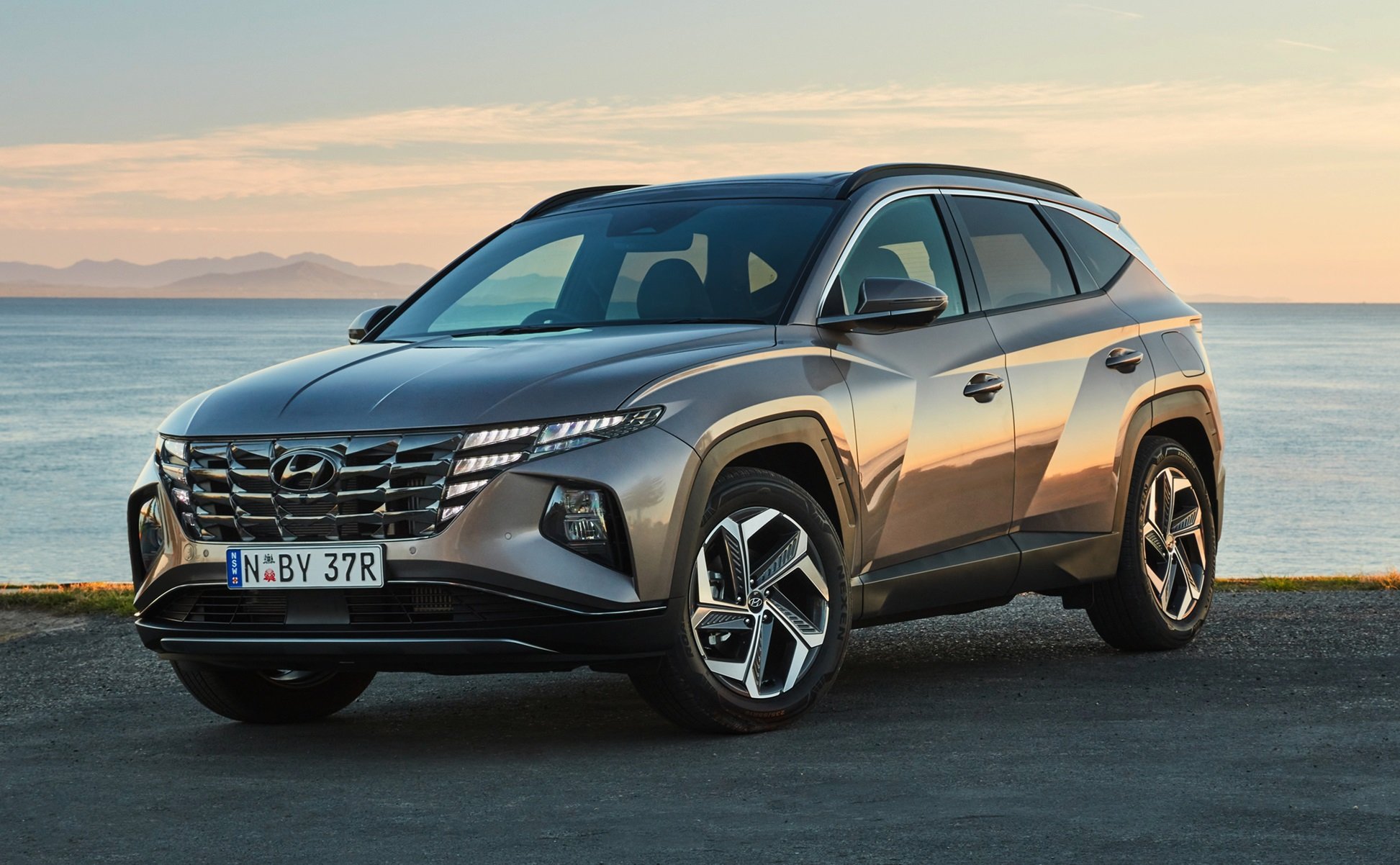Under pressure: What's the correct inflation for my tyres?
Hi John,
Should I stick to the manufacturer's recommendations regarding tyre pressures or should I add extra? For my Nissan X-Trail, the manufacturer recommends 33psi for the front tyres and 30psi for the rear tyres. However the previous owner had the types at 36psi (all nitrogen filled). For my other vehicle (Hyundai i30 2011), it was recommended I have the tyres set at 36psi. For this car the manufacturer's recommendation is 32psi. I'm confused. Can you please advise?
Rob
Hello Rob,
We'll get to pressure in a sec, but first let's deal with nitrogen. Nitrogen is a joke (on a road car). A complete waste of time, effort and money. Here's why:
GETTING THE PRESSURE RIGHT
Obviously there’s a ‘sweet spot’ tyre pressure for every application. In part this depends on the car in its loaded state and in part it depends on the nature of the driving you do (highway/city/aggressiveness and car’s loaded or unloaded state).
This means the ideal tyre pressure is a function of (in part) the way you use the vehicle. Higher pressures and/or more assertive driving (harder cornering) generally demand higher inflation pressures.
The definitive measure here is wear. If the tyres wear on the edges they’re under-inflated. If they wear on the crown they’re over-inflated.
(Bear in mind the LH front tyre always wears quicker because it scrubs harder than the rest - left turns are the tightest radius. Left front is the tightest radius of all four tyres in a left turn. QED. Left edge of left tyre works harder than any other point of contact - less significant if you live in the country, but more significant if you live where you live…)
Monitor the wear rates, rotate the tyres every 5000km - be careful on this if they’re directional tyres. It doesn’t hurt to go up 20 per cent above manufacturer’s spec (my rule of thumb) but if you drive very sedately they’ll probably wear a bit in the middle. (Higher inflation at this kind of level helps handling - good for swerving around a kid.)
Slight over-inflation also compensates for the inevitable slight pressure drop in operation as time passes. Check pressures at least fortnightly - the most common cause of failure and excessive wear is under-inflation. There's a tyre placard inside the door frame, which details the manufacturer's recommended inflation pressure. It's a cold inflation pressure - meaning before you've done a lot of driving. (It's OK to drive to the servo from home and do it there - you can always confirm the cold inflation pressure the next day in the driveway at home before setting off. If you're - say - 2psi low, just drop by the servo and add another 2psi. It won't matter if you do that, hot or cold.)
Sincerely,
John Cadogan














Shopping for a big seven-seat SUV or eight-seat people mover? Kia Carnival might be king of triplet transport, but the Hyundai Staria is built for massive families and small business…